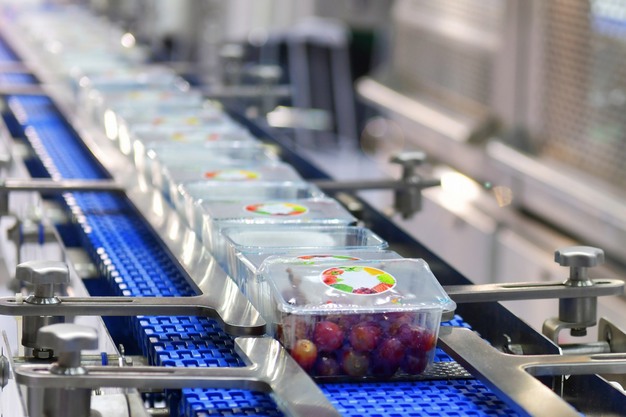A study commissioned by Agriculture and Agri-Food Canada (AAFC) and Environment and Climate Change Canada (ECCC) highlights the role of packaging in fresh produce supply chains by quantifying the functionality of plastic packaging in fresh produce from a needs/benefit perspective.
Minimizing plastic packaging waste is a priority of the fresh produce industry. However, addressing packaging waste must not come at the expense of other key sustainability outcomes such as food safety, avoiding food waste, or ensuring sustainable fresh produce supply chains. Recent regulatory initiatives in Canada have been undertaken without accounting for the functionality that fresh produce packaging provides to meet a wide array of important supply-chain-related outcomes. CPMA highlighted these concerns when it published its regulatory impact studies in December 2023 in response to the federal government's proposed fresh produce packaging regulations.
"CPMA is pleased to see the Government of Canada commission an industry-informed study highlighting the role that fresh produce packaging plays to ensure that fruits and vegetables are available to Canadians year-round," said CPMA president Ron Lemaire.

The study entitled "Quantifying the Functionality Importance of Plastic Packaging in Fresh Produce from a Needs/Benefit Perspective," provides a framework for describing the functionality provided by fresh produce packaging, including containment (seal integrity and physical robustness), convenience (portion control and ease of handling) and communication (storage and handling instructions, as well as traceability). The study's functionality framework also captures a key function provided by packaging: protection. This includes ensuring preservation, and microbial control, as well as preventing contamination during transportation and storage.
Although the study did not consider the impact of packaging on fresh produce affordability, the report does provide important insights into packaging selection across almost 95 percent of fresh produce sold by volume. Similarly, the study did not account for the impact on food availability year-round. Consequently, the study's reduction scenarios and associated conclusions must be weighted by the fact that these two key considerations – fresh produce affordability and availability – are significant factors when selecting a fresh produce packaging solution.
The study's categorization of fresh produce into groupings with shared packaging functionality requirements is acknowledged by CPMA as a novel approach to addressing the challenges of packaging waste, while also aiming to develop pragmatic sustainable packaging guidelines.
Given the complexity of fresh produce packaging and the functionality requirements packaging must provide to ensure safe and high-quality fresh produce year-round, CPMA commends the Government of Canada for commissioning the industry-informed study. It also encourages government departments and agencies whose mandates impact or are influenced by sustainable fresh produce supply chains to consider the report as an example of the importance of understanding the functionality of food packaging before developing policies or regulations.
 For more information:
For more information:
Micken Kokonya
Canadian Produce Marketing Association
Tel.: +1 (613) 226-4187 x225
[email protected]
https://cpma.ca/










